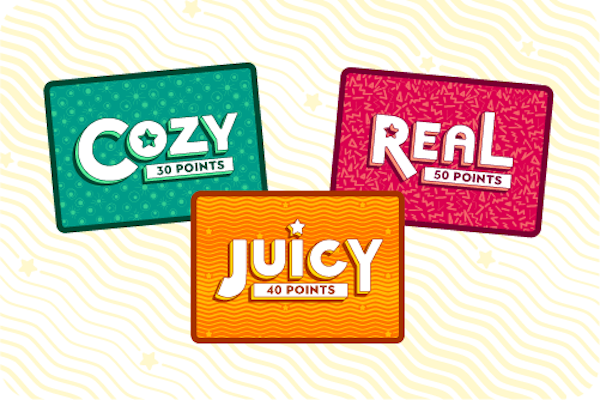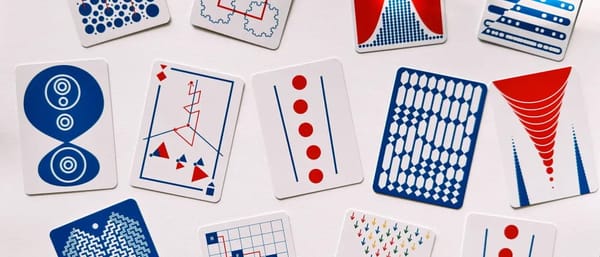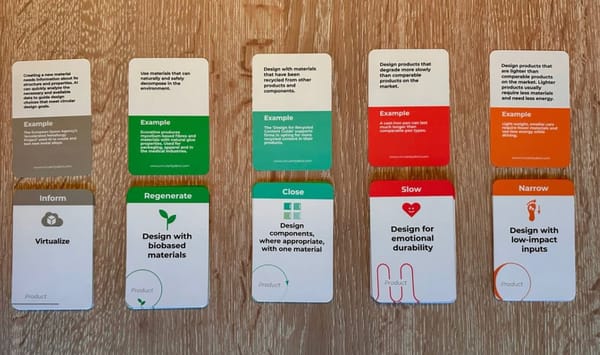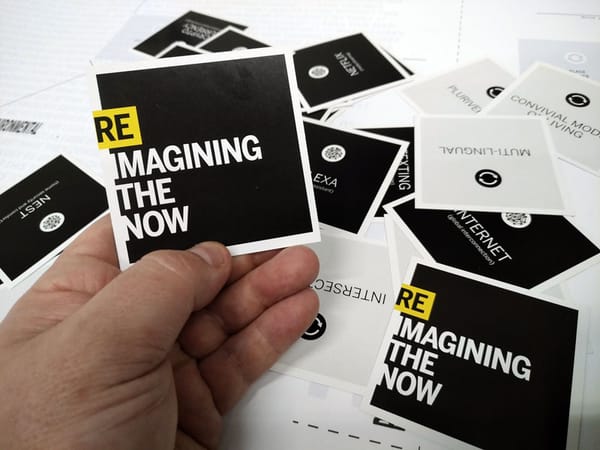№ 32 | Cozy Juicy Real, Simple Explanations, 6 Fundamental Beliefs Behind Biases, The PAUSE (Visualization) Framework, and 5 Tech Trends That AREN'T CHatGPT

Cozy Juicy Real
A few months back, I mentioned playing the Cozy Juicy Real game at an online event. If you're looking to “create unforgettable conversations that make people feel connected, seen and alive,” then check out the game on the Kickstarter. It was an instant back for me.

Mastodon, explained in simple terms
“How to talk to your relatives about Mastodon” offers a remarkably simple (and visual!) explanation of Mastodon.

[On a related note… One of ’Creative Challenges’ I have in mind for us is to use the format of board book (like, for babies!) to explain a really difficult topic, sort of like this book on General relativity for babies.]
The six fundamental beliefs behind biases
Ooh, digging deeper… Is it possible that “different biases could be traced back to the same underlying fundamental beliefs… held widely among humans?” One study argues this is the case, going on to name six such beliefs “that can help categorize a number of different biases.” Here's a summary from Erin ‘Folletto’ Casali, who remarks that these might be “useful for personal self-analysis and improvement, as well as a way to discuss with people that are exhibiting certain biases.”
A visualization framework
Here's another piece from the Polaris Game Design Retreat: “When Spreadsheets Aren’t Enough: A Framework for Approaching System Visualization” While the context is video games, the proposed PAUSE Framework—“designed to help designers create effective visualizations that are crafted to best meet the needs of their intended audience”—could certainly be applied elsewhere. And… pretty visualizations!
The PAUSE Framework uses five core questions to assist in choosing the best visualization for a given problem.
* Purpose – Why are you creating this visualization?
* Audience – Who is the audience for your visualization?
* Usage – How will this visualization be used?
* Scope – What is the minimum amount of information that needs to be shared?
* Emphasis – What aspects of your problem are the most important?

5 Technology Trends OTHER THAN ChatGPT
As ChatGPT seems to be dominating all the tech conversations, it was refreshing to come across this post highlighting a number of OTHER interesting and important tech trends flying under the radar.
🤪 Random/Personal: I find joy in looking up precise definitions of various words I encounter. Here are three different words I looked up this week: Paragon, Aggrandizement, Provenance.





